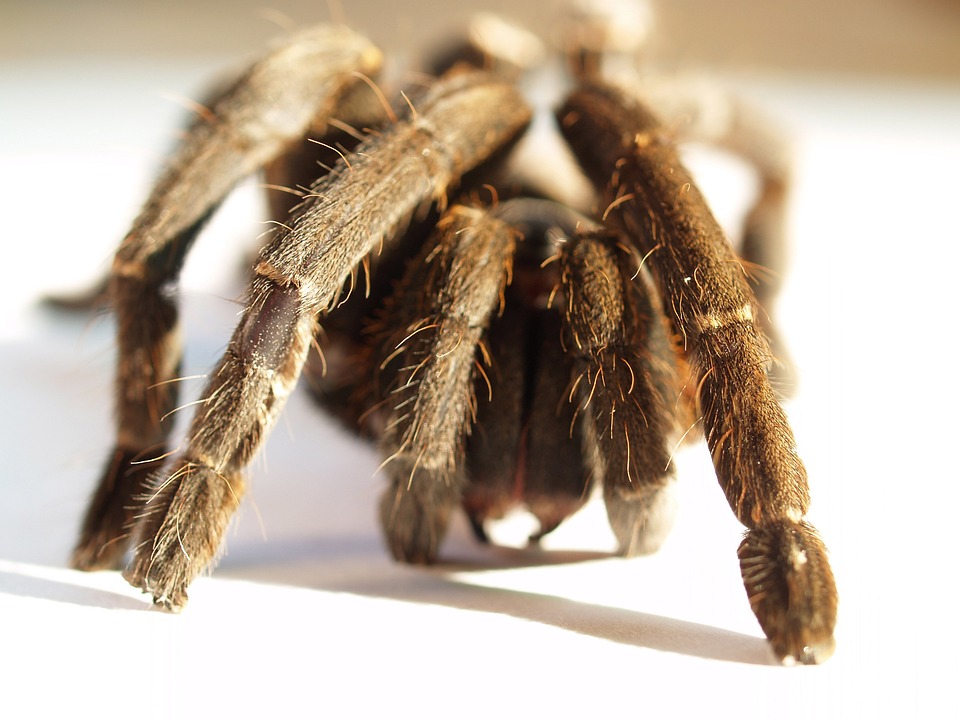Introduction: The Venomous Hornet BL3
The venomous Hornet BL3 is a fascinating yet deadly creature that has captured the interest of scientists, researchers, and nature enthusiasts alike. This in-depth exploration will delve into the mysteries surrounding the Hornet BL3, its biological characteristics, the venom it produces, and its potential impact on humans. By the end of this article, readers will gain a newfound appreciation and understanding of this remarkable insect.
Biological Characteristics: Size, Appearance, and Habitat
The Hornet BL3 is easily distinguishable due to its striking appearance. It has a robust and elongated body, with a dark brown or black base color and vibrant yellow stripes. This powerful insect can grow up to 3.5 cm in length, making it one of the largest hornet species in existence. Originating from Asia, the Hornet BL3 has quickly expanded its territory, now dominating regions across Europe and North America.
The Hornet BL3’s infamous reputation is due in part to its aggressive behavior when disturbed or provoked. This species of hornet is known to become increasingly hostile in the presence of humans, making it a danger to those who unknowingly encroach upon its habitat. The Hornet BL3’s formidable size and strength allow it to tackle large insects, such as bees and other hornet varieties, making it a most formidable predator.
The Venom: Composition and Effects
The venom produced by the Hornet BL3 is a potent cocktail of enzymes, proteins, and peptides that work in tandem with one another to inflict significant pain and damage. A key ingredient in this venom is a specific type of enzyme known as phospholipase, which is responsible for breaking down cellular membranes and leading to the rapid destruction of tissue surrounding the site of the sting.
Additionally, the venom contains a powerful neurotoxin called mandaratoxin, which can cause paralysis, muscle cramping, and even seizures in extreme cases. In most cases, the Hornet BL3’s venom will result in a painful, swollen, and red welt at the sting site, followed by other symptoms such as nausea, fever, and difficulty breathing. In rare circumstances, an individual may experience anaphylactic shock, which, if left untreated, could be fatal.
Human Encounters: Risks and Precautions
Unwittingly interacting with a Hornet BL3 can result in potentially severe consequences, particularly for those who are allergic to its venom. However, taking proper precautions can significantly minimize the risk of encounter and the subsequent effects of a sting.
To help prevent stings from occurring, it’s vital to avoid disturbing nests or approaching the insects directly. Ensure that garbage bins are sealed tightly and that any outdoor food sources are cleaned up promptly to avoid attracting these hornets. In the event that a sting occurs, seeking immediate medical attention is imperative, especially if the affected individual experiences symptoms such as difficulty breathing, swelling of the face and throat, or signs of anaphylactic shock.
Conclusion
The venomous Hornet BL3 presents a fascinating blend of beauty and danger, capturing the attention of scientists and nature enthusiasts alike. Despite its frightening reputation, understanding the Hornet BL3’s biology, venom, and potential impact on humans can lead to a greater respect and appreciation of this captivating creature. However, it’s crucial to treat these insects with caution, taking necessary precautions to prevent stings and protect oneself from this potentially harmful species.
Frequently Asked Questions
- How do I identify a Hornet BL3 compared to other hornet species?
The Hornet BL3 has a robust, elongated body with dark brown or black base color and vibrant yellow stripes. Its size, which can range up to 3.5 cm in length, sets it apart from other hornet species.
- How do I treat a Hornet BL3 sting?
In the event of a sting, immediate medical attention is essential, especially if symptoms such as difficulty breathing, swelling of the face and throat, or signs of anaphylactic shock are present. For non-severe reactions, it’s essential to keep the affected area clean and apply ice to minimize swelling and pain.
- Is the Hornet BL3 venomous?
Yes, the Hornet BL3 produces a potent venom that contains enzymes, proteins, and peptides capable of causing severe pain, tissue damage, and even paralysis in extreme cases.

No responses yet